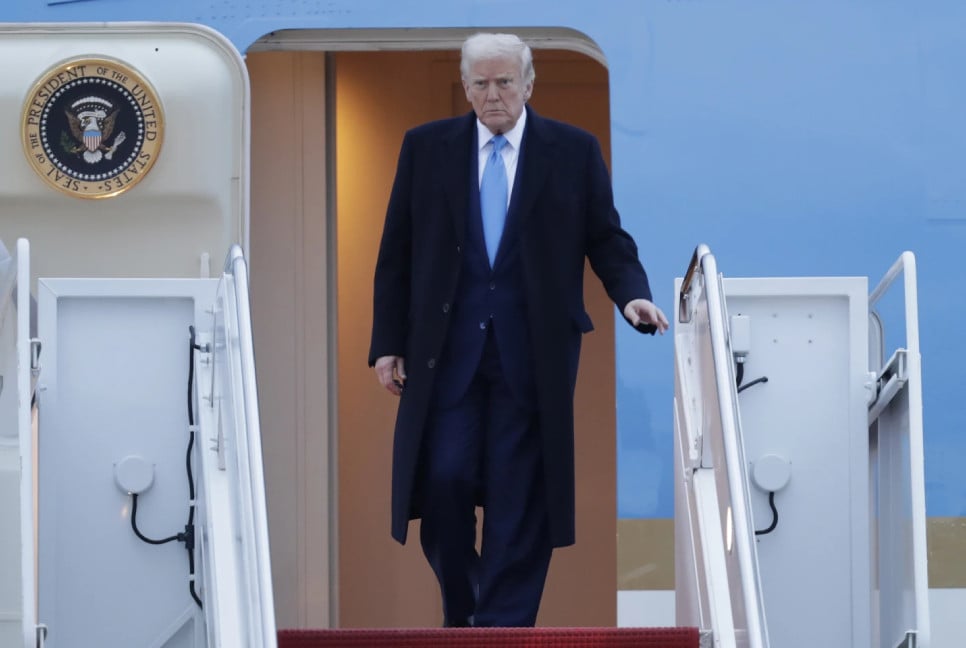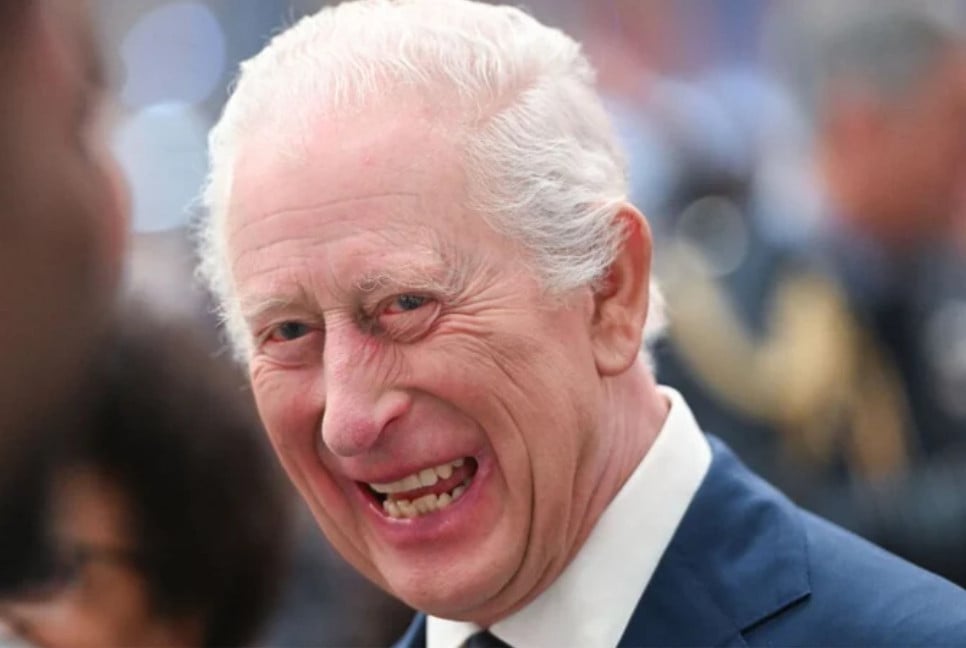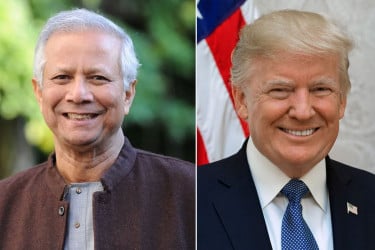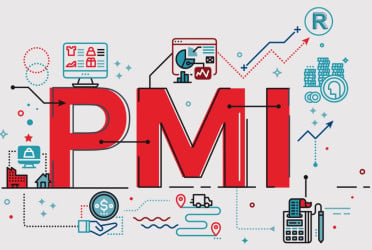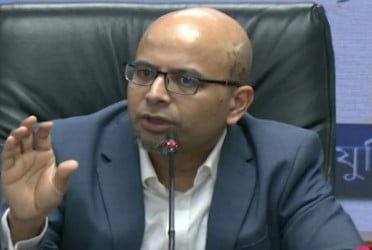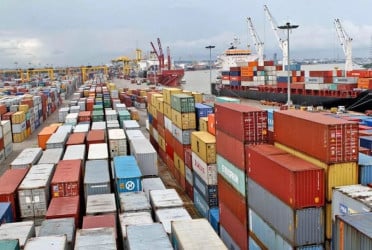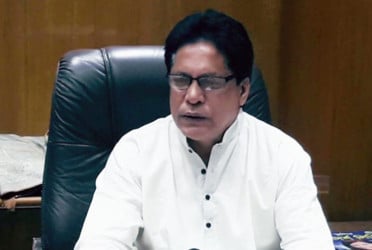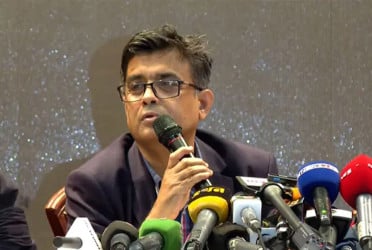When Donald Trump takes office next week, he inherits a US economy in better shape than when he began his first term in 2017. While he campaigned on promises of aggressive import tariffs, stricter immigration policies, deregulation, and smaller government, the economy now faces fewer challenges than it did in the past, raising concerns that his proposed reforms may not be needed.
The US economy is currently expanding above trend, with the labor market nearing full employment, and inflation remains a concern. While Trump's 2017 tax cuts aimed to stimulate the economy, the situation in 2025 may not require the same level of stimulus, as the economy is already performing well.
Recent stock market volatility and higher bond yields indicate that asset prices could be vulnerable to a correction. Moody's chief economist Mark Zandi warns that Trump’s policies could disrupt the economy, but the extent of the damage will depend on how aggressively these policies are pursued.
In addition to a strong economy, Trump faces new challenges, including inflation that remains above the Federal Reserve's target and rising government borrowing costs. The inflationary pressures and larger federal deficits present different constraints compared to his first term.
The labor force has grown unexpectedly due to immigration, which Trump seeks to curb. Former Obama administration economist Karen Dynan notes that economic growth driven by immigration may be difficult to sustain under stricter immigration policies.
When Trump entered the White House in 2017, the economy was recovering from the 2007-2009 financial crisis, with sluggish growth and underemployment. His tax cuts provided a boost, but the global economy suffered from the tariffs he imposed. The longest US economic expansion ended in 2020 due to the COVID-19 pandemic.
Now, inflation is still a concern, mortgage rates are nearing 7 per cent, and Treasury yields are rising, signaling doubts about inflation control and US fiscal discipline.
Despite Trump's efforts to find savings through a new Department of Government Efficiency, no significant plans have been made to address major deficit drivers like health and retirement benefits. The bond market remains vigilant about fiscal deficits, and rising borrowing costs could eventually put pressure on the economy.
With the unemployment rate at 4.1 per cent and wages growing, consumer spending remains healthy. However, inflation remains above the Fed's target, and aggressive policies, like tariffs, could risk reigniting inflation.
Fed Chair Jerome Powell acknowledged that while the economy is performing well, the central bank must maintain tight monetary policy to keep inflation in check.
Given the strength of the economy, some doubt whether the Fed will be able to cut rates further. There is growing uncertainty about the gap between Trump’s rhetoric on what the economy needs and the actual economic performance. Richmond Fed President Tom Barkin suggests that businesses remain optimistic despite potential disruptions from tariffs and deportations, but acknowledges that policies could be adjusted if they prove damaging.
In summary, while Trump's policies may bring change, the economy’s current strength may require more cautious, measured action to maintain stability.
Source: Reuters
Bd-pratidin English/Fariha Nowshin Chinika


